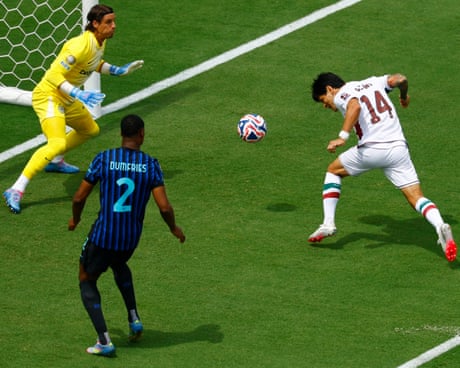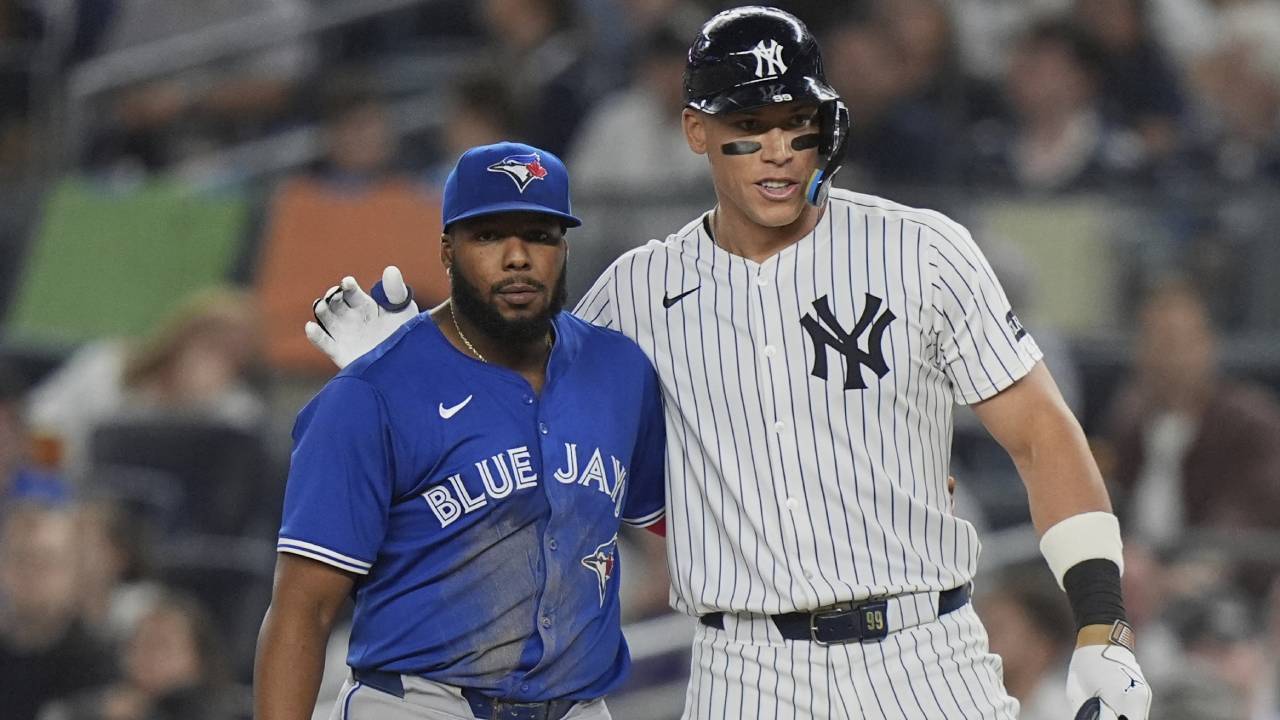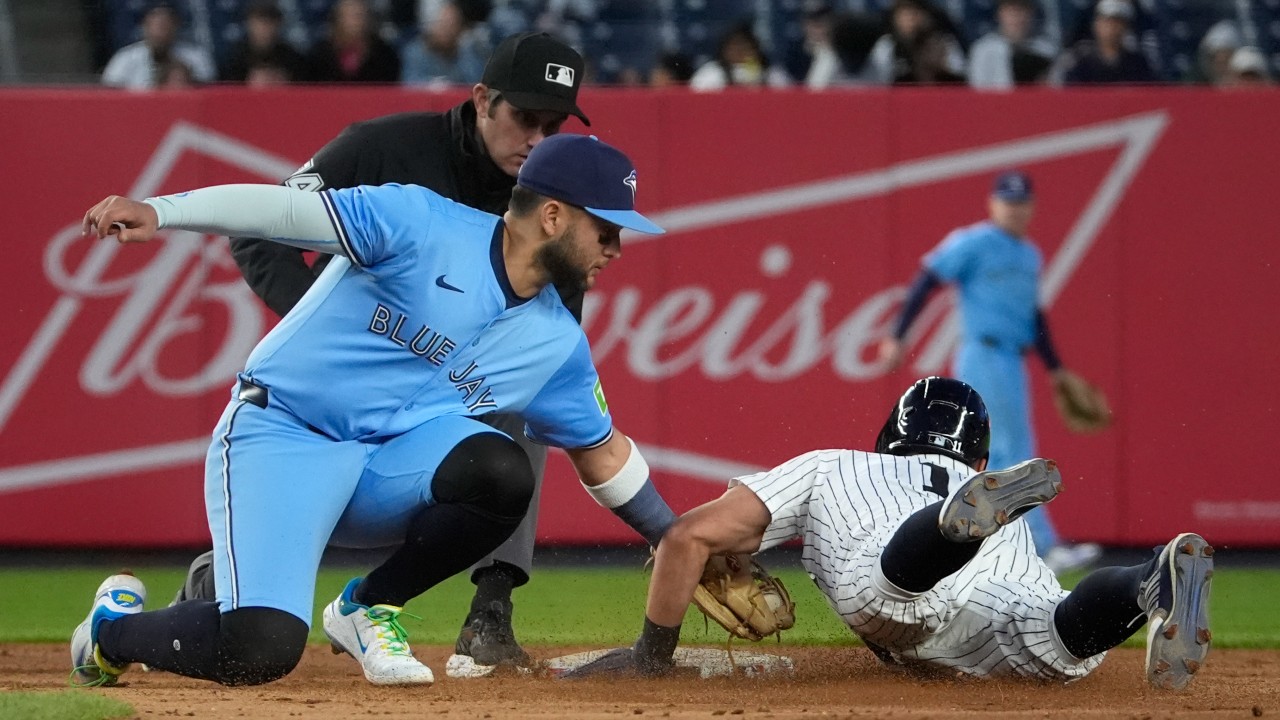
There are safe bets, good bets and then dead-solid locks.
When the NBA owners first began musing about starting the 2020-21 season on Dec. 22 everyone could have simply plugged it into their calendars and never looked back.
There was never any chance of it not happening the way the owners wanted it to.
Everything that’s taken place since – the players association pretending they had the will to push for a mid-January start, apparently to appease the fraction of their membership who were competing into October or even late September – has been merely posturing, or wishful thinking.
Remember when Lakers guard Danny Green said that if the new season tipped off before Christmas he and some of his teammates might give it a pass?
“If we start in December, I think most guys [are like]‘I’m not going to be there,’” he said last month. “… to have that quick of a restart, I wouldn’t expect [LeBron] to be there for the first month of the season.”
Yeah, nice thought. In what other world does having seven weeks off – the amount of time between the Lakers being crowned champion and the opening of training camp in the first week of December – not seem like enough time?
Reality hit late Thursday night when votes were tabulated in that other election – the straw poll NBPA executive director Michelle Roberts took from teams’ player representatives who voted that yes, it was better to come to work a little earlier than some may prefer and make an extra $500 million than chill for one more month.
Sure, having to spend three months (for those that went deep into the playoffs) in quarantine in Orlando was hard on everyone, but players were still getting paid for four months while the season was on hiatus, so perspective please.
All the NBA has done since the pandemic struck was look out for the best interests of the league and its players – and those interests are largely aligned.
Once it became apparent that returning to play before Christmas was the best way to maximize income in a year when revenue targets are likely going to be smashed into unrecognizable pieces, Dec. 22 or thereabouts was a fact.
It’s not complicated. The league and the players share BRI – basketball-related income – on a roughly 50-50 split. If the league’s projections said starting at Christmas could mean an additional $1 billion to the bottom line, or an additional $500 million or so for the league’s 450 players, any idea that any other date would seriously be considered was fantasy.
That the pandemic had created business conditions so dramatic that it had triggered a force majeure clause in the collective bargaining agreement only gave the league and its owners more leverage. Had Friday passed without a plan that both sides deemed reasonable, the owners could have given the players 45 days’ notice that they were terminating the CBA (the players had the option to do so as well).
Had it come to that – and neither side wanted it to as the deadline had been put off previously while negotiations on the shape of the coming season went on – the millionaire players would have found themselves in a standoff with billionaire owners in the midst of some of the most challenging business conditions the league has ever seen.
How do you think the players would have fared in that hypothetical?
So, a 72-game regular season with a Dec. 22 start was going to happen, it was just a matter of what considerations the players might be able to extract along the way.
Their chief concern was escrow – the percentage held back on their paycheques until the league’s accounting is done and a split of the BRI can be properly tabulated. In normal times it’s been 10 per cent and as long as the league hit its revenue targets – which has almost never been a problem in an era of explosive growth – the players got their 10 per cent back in a nice fat cheque at the end of the season, a summertime bonus, if you will.
But with projected revenue being down as much as 40 per cent without fans, there has been musing about escrow being as high as 30 per cent, with no guarantee of getting any of it back. For a player making $10 million that means that his take-home pay – after taxes and agents fees and other deductions – could be as little $4 million.
Recognizing that a league populated by frustrated, unhappy players likely doesn’t do wonders for TV ratings – already in decline – the owners have agreed to smooth out the league’s losses over the next two seasons, capping escrow at 18 per cent with hopes of returning to a 10 per cent withholding for the 2022-23 season.
While other details remain to be worked out, what is known for sure is that the NBA off-season will come hard and fast. The draft is scheduled for Nov. 18, the trade moratorium will likely be lifted a couple of days before that and free agency will begin a couple of days after with the hopes that it will be wrapped up in time for training camps to open on Dec. 1.
There remain significant questions:
What will the shortened schedule look like?
Will teams be able to travel freely into Canada or will the Raptors have to start their season on a semi-permanent road trip, and if so, where will they play?
At what point will fans – even in a limited capacity – be allowed in buildings?
And can the league regain its momentum, arresting the decline in viewership that seemed to affect all sports after the pandemic?
All in time.
But for now we know this: the league will begin on Dec. 22., whether Danny Green and his colleagues like it or not.
But we already knew that.






